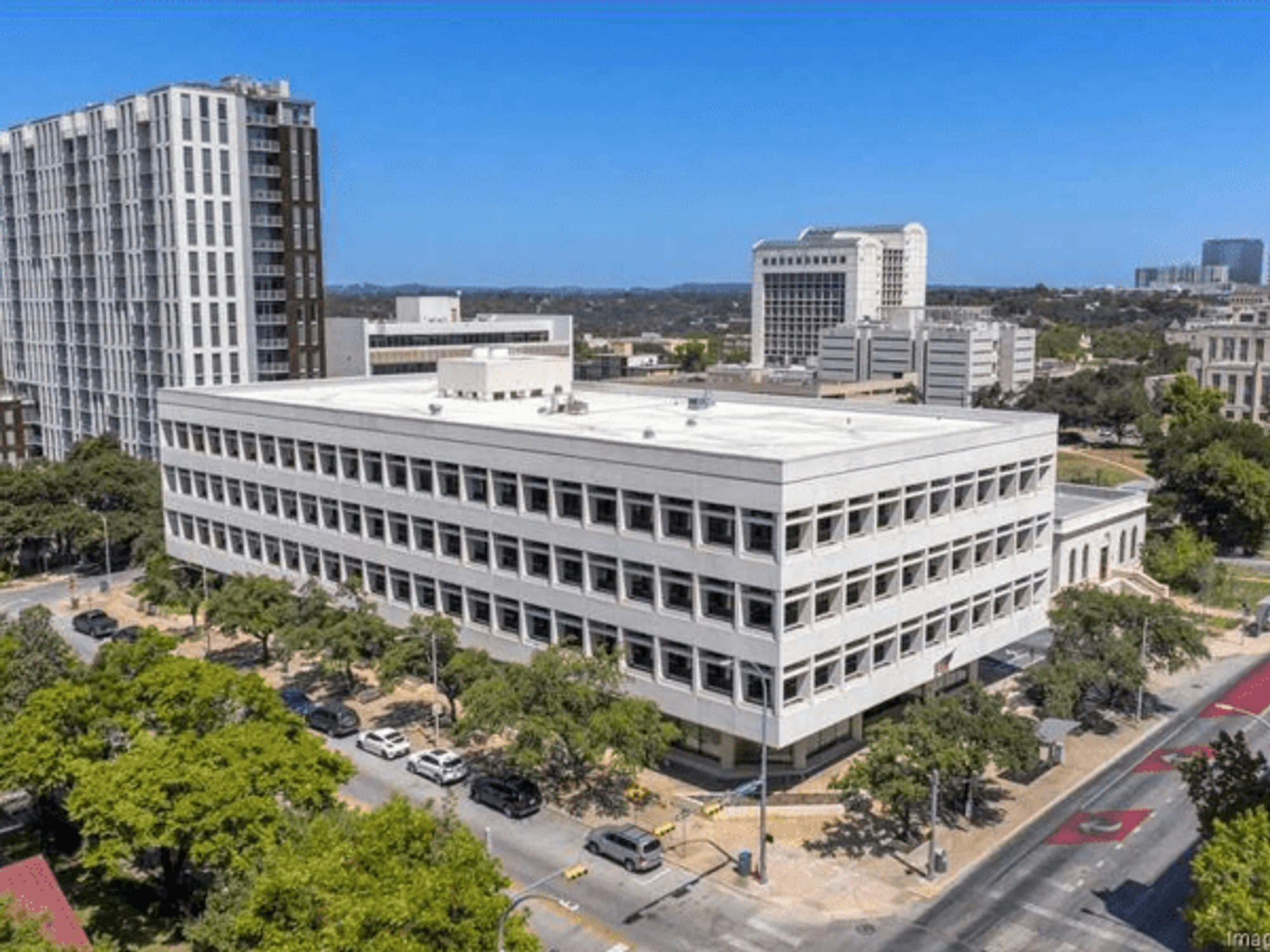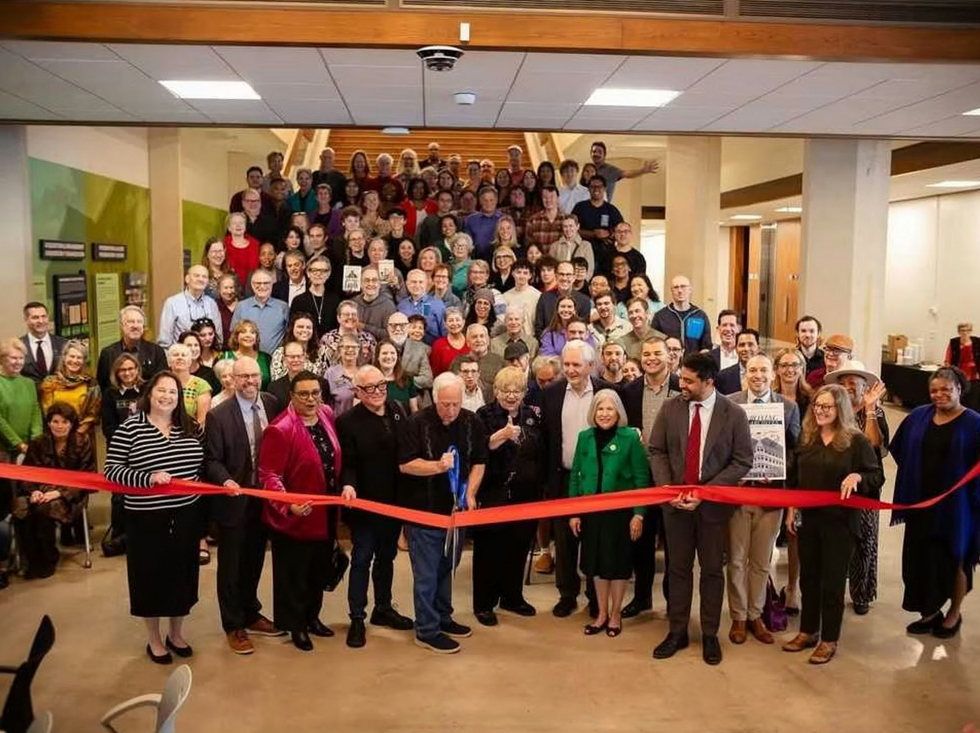Rush of residents
Austin area population growth for 2019 among highest in U.S., says new report

Just when you hoped Austin wouldn’t get any more crowded, a new forecast indicates the region’s population will swell 2.6 percent in 2019 compared with 2018 — the highest projected growth rate among Texas’ four major metro areas.
The forecast, released by commercial real estate services company Marcus & Millichap, indicates the Austin metro area’s population growth in 2019 will surpass 50,000 for the ninth year in a row. Of those residents, more than 13,000 will be millennials, the report says.
The Austin area’s population climbed by an average of 55,500 people a year, or 152 per day, from 2010 to 2017, according to a new analysis by the Greater Austin Chamber of Commerce.
The Austin-area population forecast from Ryan Robinson, the City of Austin’s demographer, aligns with the Marcus & Millichap projection. Robinson predicts the area’s population will rise 2.75 percent in 2019 compared with 2018, versus Marcus & Millichap’s forecast of 2.6 percent. Robinson estimates the population of the five-county area stood at 2,215,727 on January 1, 2019.
If Robinson’s population outlook holds true, the Austin area will tack on nearly 61,000 residents in 2019. That’s a little less than the number of people who live in San Marcos (around 63,000).
“With the pace of overall job creation remaining near 3.5 percent in Austin, anyone would be hard-pressed to predict much of a slowdown,” Robinson says of the area’s population growth. “And anecdotally, the number and magnitude of recent office space leasing agreements with big national corporate names just blows me away. I would have never imagined that our current boom would be refueling at this point. [Get] ready for another couple of crazy years.”
The Chamber of Commerce analysis shows that from 2012 to 2016, Houston supplied the most residents to Austin among all U.S. metro areas, followed by Dallas-Fort Worth, San Antonio, New York City, and Los Angeles.
Those figures take into account the number of people who moved to the Austin area from a certain metro area and the number of people who moved away from the Austin area to a certain metro area. For instance, Austin added 13,987 residents from the Houston area in 2012-16 while losing 9,430 to the Bayou City. That represents a net gain of 4,557 residents.
Among the 36 major U.S. metro areas covered in the Marcus & Millichap report, only Orlando, Florida, is expected to add residents at a faster clip (2.9 percent) this year than Austin. At 2.6 percent, Austin is tied with Raleigh, North Carolina, for projected population growth in 2019 compared with the 2018 headcount.
Percentagewise, the populations of the Houston and Dallas-Fort Worth metro areas are expected to increase 1.8 percent in 2019, with San Antonio at 1.5 percent, the Marcus & Millichap report says.
According to the forecast, the 2019 population growth rates for Austin, Dallas-Fort Worth, Houston, and San Antonio will be slightly lower than their estimated growth rates for 2018.
While Austin is expected to beat its major metro counterparts in Texas for 2019 population growth on a percentage basis, the report predicts Houston will gain the most residents — about 124,500. Meanwhile, Dallas-Fort Worth is on track to add more than 80,000 residents for the fifth consecutive year, with San Antonio projected to pick up 39,100 residents in 2019 (about 10,000 fewer than Austin).

 Mayor Kirk Watson, library officials, and community members cut the ribbon on the "new" Austin History Center on December 7.Photo courtesy of the Austin History Center Association
Mayor Kirk Watson, library officials, and community members cut the ribbon on the "new" Austin History Center on December 7.Photo courtesy of the Austin History Center Association